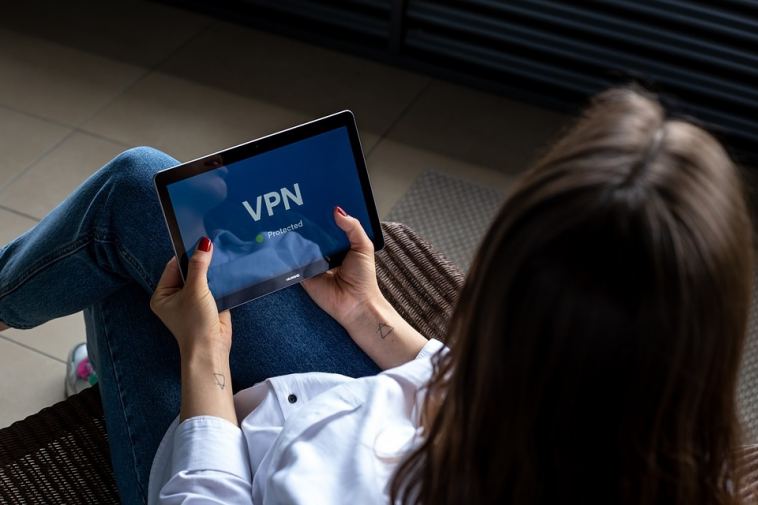- Like
- SHARE
- Digg
- Del
- Tumblr
- VKontakte
- Flattr
- Buffer
- Love This
- Save
- Odnoklassniki
- Meneame
- Blogger
- Amazon
- Yahoo Mail
- Gmail
- AOL
- Newsvine
- HackerNews
- Evernote
- MySpace
- Mail.ru
- Viadeo
- Line
- Comments
- Yummly
- SMS
- Viber
- Telegram
- JOIN
- Skype
- Facebook Messenger
- Kakao
- LiveJournal
- Yammer
- Edgar
- Fintel
- Mix
- Instapaper
- Copy Link
Visual Studio Code is an Integrated Developer Platform popular with programmers. Its vast variety of extensions, minimal layout, and the fact that multi-platform support makes it a perfect choice for developers of all levels. The use of the Remote-SSH extension to allow remote software is a well-known process. Through this application, you can work on your local workstation, and you can execute development activities such as program execution, unit testing, or static analysis on a remote server.
Firstly, for those of you who are new to these steps, let’s look at what is remote development server and why is it used for.
As the name suggests, a remote development server is only a server (commonly a VM) whose sole objective is remote software development. It’s essentially a VM buffer that can be used to store work-in-progress codes and operate it remotely.
There are several explanations of how this could be helpful to you. For instance, you may have a Windows laptop and would like to develop your program on Windows, but the code will ultimately function on Linux. You may require more RAM or computational complexity than your existing computer has, or you may choose to retain code off your laptop or PC that you have at home due to company rules or low-performance problems.
By using a server for remote programming implies you can choose the OS environment you want to operate in. Remote programming helps you outsource the difficult and time-consuming activities to servers that manage them better. Also, you may even assign the long machine learning tasks to the remote server to handle them automatically while you continue your day.
How to establish a remote development server?
First, you need to have a functional Ubuntu VM, and this should also have an operating SSH already works in place. They are also easy to restore and relaunch quickly and safely.
You need a VPN to access your remote development server
For the safest and less problematic way of establishing your remote development server is using a VPN. However, you need to try only with the best VPNs since certain privileged knowledge and data will be transmitted from that connection. By using a reliable VPN, your connection to the development server will look local in terms of connection type thanks to the VPN.
What happens if you do not use VPN?
Some people try to do it without using a VPN and open a port in their router to forward their SSH connection however it is not safe. This can increase the chances of surface attacks. Malicious programmers and potential hackers are aware of this method, and that is why they continuously search for port 22.
Then you need to VS Code Installed or already you should have it.
To prevent any of the security issues that may arise during your remote development server access using a reliable VPN will be your best friend. Also, there are some tips and tricks provided for encountered issues related to SSH.
Possible Problems with Remote Development Connection
Strengthening the security feature of your multi-user server
Automatically when you connect to the localhost through any TCP port it will be redirected to the local machine, and the ‘VS Code Server’ will be used and managed by the Remote – Containers extension. In other words, this means that only certain users can operate on it. However, if the host is used by multiple users at the same time, you may prefer to diminish the access to minimize the likelihood of one user finding the port number and seeking to access the VS Code Server.
You should move to use Unix sockets that are locked down to a single user whether you are connected to a Linux or macOS host. Instead of the port, this socket is then forwarded.
Fixing connections that fail
There are several options you could do to try to fix the issue if you experience difficulties with VS Code lingering when attempting to communicate (and possibly timed out).
Activate and redo the remote. SSH.showLoginTerminal setup in VS Code. If you are asked to enter a password or key, see Enabling alternative SSH authentication methods for prompt-frequency reduction information.
If the issue is still not eliminated, then go on settings.json and retry:
“remote.SSH.showLoginTerminal”: true,
“remote.SSH.useLocalServer”: false
In short, it means freedom to use a remote development server: the ability to select your OS, hardware, and place of work. When you work on real coding work, it provides you versatility. There are several advantages of remote development, including the ability to easily monitor how well the code performs on various operating systems and various hardware configurations.
But not sacrificing security for convenience is also matters. Because most of the remote development works include critical codes, you should consider working on the VS Code through a VPN connection. After that, you may log in to your server and operate on your application from every device on the condition that you have a connection to the internet. Hence, you will be able to develop with the Linux system even though you are running Windows as your default operating system.


